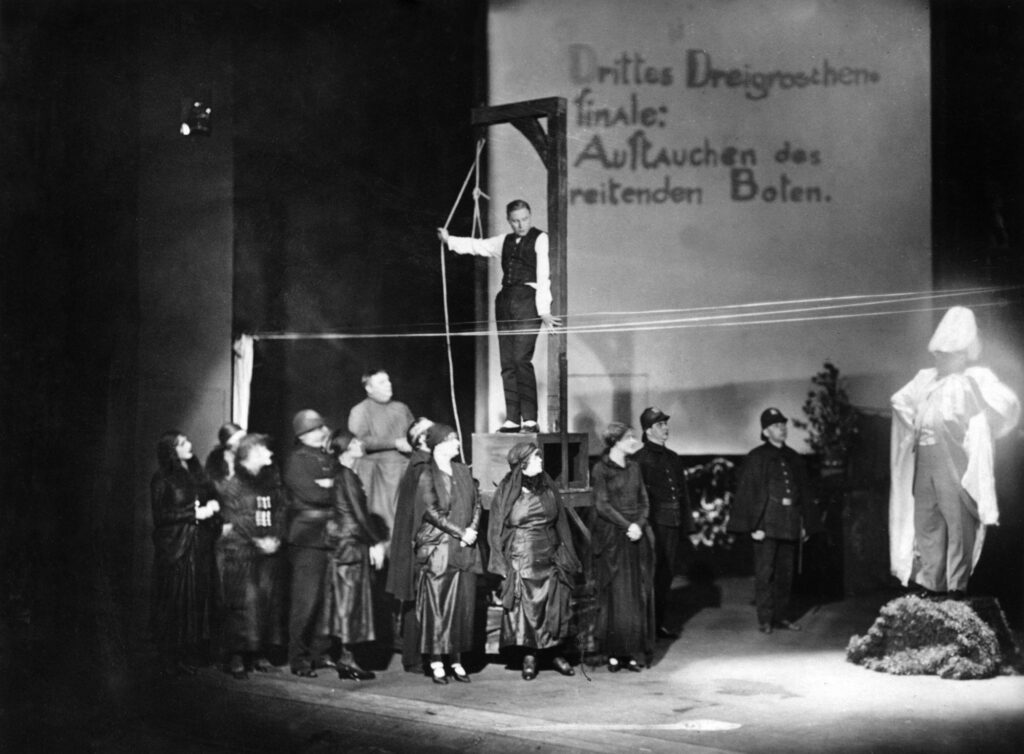
How to Create the Perfect Epic Theatre
Epic theatre is a form of drama that aims to intellectually stimulate the audience by creating a distance or alienation from the play. This approach is done by using various techniques, such as direct address, interruption of the story line, and presentation of documentary evidence. In this article, we will explore the step-by-step process of creating the perfect epic theatre.
Step 1: Choose a Relevant and Engaging Theme
The first step in creating the perfect epic theatre is to choose a theme that is relevant and engaging to the audience. The theme should be thought-provoking and challenge the audience’s beliefs and values. Examples of relevant themes include politics, social justice, and environmentalism. Choosing a theme that resonates with the audience is essential to ensure their engagement and intellectual stimulation.
Step 2: Create a Loosely Connected Storyline
Epic theatre is characterized by a series of loosely connected scenes that avoid creating an illusion. The storyline should be designed to provoke the audience’s thoughts and emotions rather than being a source of entertainment. The story should have a clear message or argument that challenges the audience’s assumptions.
Step 3: Use ‘Alienating’ or ‘Distancing’ Effects
Alienating or distancing effects are used in epic theatre to create a distance between the audience and the play. This effect is done by interrupting the storyline, addressing the audience directly, or using various other techniques. Examples of alienating techniques include:
- Actors speaking in the third person
- Placards with text
- Projection of images or videos
- Use of songs that support the message of the play
- Breaking the fourth wall
Step 4: Incorporate Documentary Evidence
One of the hallmarks of epic theatre is the use of documentary evidence to support the message of the play. This evidence could be in the form of statistics, quotes, or historical documents. The evidence should be presented in a way that engages the audience and supports the overall message of the play.
Step 5: Rehearse and Refine
After creating the storyline and incorporating the alienating and distancing effects, it’s time to rehearse and refine the play. Rehearsals should focus on the delivery of the message, timing, and use of props and effects. It’s essential to seek feedback from actors and the audience to ensure that the message is effectively communicated.
Conclusion
Creating the perfect epic theatre is a challenging but rewarding endeavor. By following the steps outlined in this article, you can create a play that intellectually stimulates the audience, challenges their beliefs, and creates a lasting impact. Remember to choose a relevant and engaging theme, create a loosely connected storyline, use alienating effects, incorporate documentary evidence, rehearse and refine, and evaluate the performance. By doing so, you can create a play that effectively communicates your message and inspires the audience to think critically.






